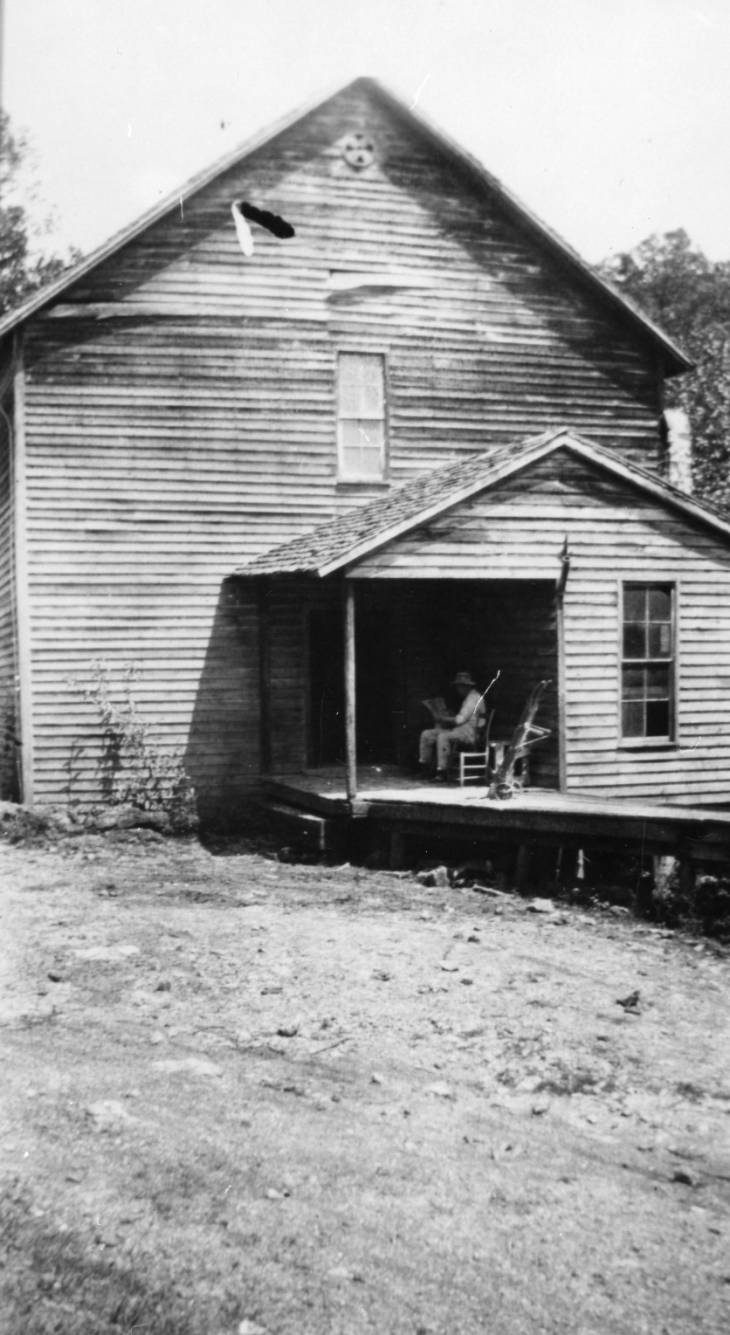Turkey Creek, the well-known shopping area in west Knox County, was named for the Turkey Creek tributary which literally meanders all over the Concord/Farragut area and beyond. Although considered a perennial stream, it often disappears, tucking itself underground occasionally and then resurfacing.
Perusals of various maps of this area show the headwaters to be around the Dutchtown Road area and it branches several times before becoming a mouth for the Turkey Creek backwaters of the Fort Loudon lake reservoir. Mapologists divide the stream into three different branches: The main Turkey Creek tributary, North Fork Turkey Creek which appears to originate around Herron Springs off of North Campbell Station Road and eventually merges with the main Turkey Creek Branch, and Little Turkey Creek which is in the Virtue area of Farragut.
An anonymous donation of a small 6.43-acre gem of land to the town of Farragut has raised considerable interest in the history of the property. The land is sandwiched along Concord Road and the Turkey Creek branch and contains a dam that is over a century old. The dam is being referenced by locals and media as the Red Mill Dam. In the interest of historical accuracy, it is important to document Turkey Creek itself and offer a “connect the dots” explanation of this embodiment and its effect historically on the commerce of Concord/Farragut in the late 1800s.
Initially, it will be important to orient one’s self to find Loop Road in West Knox County [#1 on map]. Loop Road is given that name because it loops through Farragut in an easterly direction only to rejoin Concord Road, and then crossing Concord Road [#2], continues to a dead end at the Turkey Creek backwaters. One of the keys to understanding the historical connection of the “dots” explanation is the short piece of road, currently called Loop Road as it leaves #2 and continues to the lake. It is important to note that in the past, this short road has also been named Lindsey Road and Olive Road.

The Hackney Mill
Directly across the road from #1, Loop Road, once stood a beautiful white country-style home owned by James Hackney. Mr. Hackney ran a mill [#3] that sat behind his home where the North Fork and main Turkey Creek tributary merged. This mill is noted as early as 1895 on maps. The writer has often referred to this structure as the Hackney Mill; however, old newspaper accounts refer to it as The Concord Mill or the Concord Roller Mill.
Shortly downstream exists a beautiful dam [#4] that is on the donated property and is currently being referred to as the Red Mill Dam. It is constructed of large blocks of marble or stone which were more than likely quarried at the nearby Calloway Concord quarry [#5]. It is a theory that this is called the Red Mill Dam because that body of water was a source of power to the Red Mill [#6].
The Red Mill [#6] existed in the vicinity of the end of the short part of Loop Road [# 2]. Prior to 1945, the current Red Mill Road [#7] continued to the Red Mill [#6] and the current Lindsey Road [#8] met and joined #2 which was then called Lindsey Road. However, in 1945, with the building of the Fort Loudon lake reservoir, portions of Concord were inundated with flood waters covering the Red Mill. It should be noticed that an 1895 map shows the Red Mill barely legible as Barnett & Cox Mill.
The writer’s grandmother, born 1896, lived on that short road [#2] and many a lazy summer day was interrupted with the sight of emergency vehicles and drownings at the end of the road. She explained that the drownings were because there was a big drop off for the foundation of the Red Mill and swimmers were not aware of the drop off or the current of the underground stream.
Little Turkey Creek tributary is located further west in the Virtue Road area. This tributary once was home to the Virtue Mill Company [#9], organized in 1893. Owners of the company were Squire Will Smith, president; W.T. McFee, secretary; and John Montgomery, treasurer. Various other owner/operators included James Taylor, R.E. Boring and ultimately John Strother.
In early years, the mill also served as a store, post office and gathering place. Located close by was a grist mill owned by James Arwood and a creamery. In 2000, efforts were underway to preserve the historic Virtue Mill when tragically it was destroyed by fire.
Mona Isbell Smith is a retired computer systems analyst who enjoys freelancing.

Map 1

Map 2

